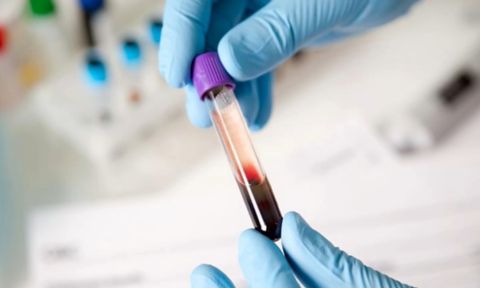Honey I shrunk the lab: how it works
The microlab can screen hundreds of drug compounds in just a few hours, revealing their effect on blood and quickly identifying those that have the most potential for clinical use.
The device is based on microfluidic chip technology developed at RMIT’s Micro Nano Research Facility (MNRF) and within the Vascular Biology Laboratory (ACBD – Monash University).
A microfluidic chip contains an array of miniature channels, valves, processors and pumps that can precisely and flexibly manipulate fluids.
The chips combine speed, portability and capacity, handling vast quantities of tiny processing elements. Importantly, they are also scaleable and cheap to produce.
The microfluidic technology was combined with a sensitive assay for testing how platelets - the component of blood that forms clots - respond to different chemical combinations.
In a proof-of-concept application, the microlab was used to investigate how dosing blood with select small molecule inhibitors affects platelet thrombus dynamics, that is, how the platelets clump together.
The promising results demonstrated that the automated lab-on-chip could accurately control blood flow, deliver and mix drug compounds with blood in seconds and send the dosed blood to a downstream thrombus assay system.
MNRF Director, Distinguished Professor Arnan Mitchell, said existing technologies for testing chemical compounds in blood are highly labour intensive and time consuming, limiting how many can be screened at any time.
“Our device enables researchers to send hundreds of potential combinations through the system, mixing them with blood extremely rapidly and delivering results in just a few minutes,” Mitchell said.
"Small, targeted, automated and precise - it’s the future of drug development technology.”
The research, with co-lead author Rose Brazilek (Monash University) and collaborators from University of Melbourne, has been published in Analytical Chemistry (DOI: 10.1021/acs.analchem.9b02486).
The work was supported through Australian Research Council Discovery Project and National Health and Medical Research Council Development grants.






